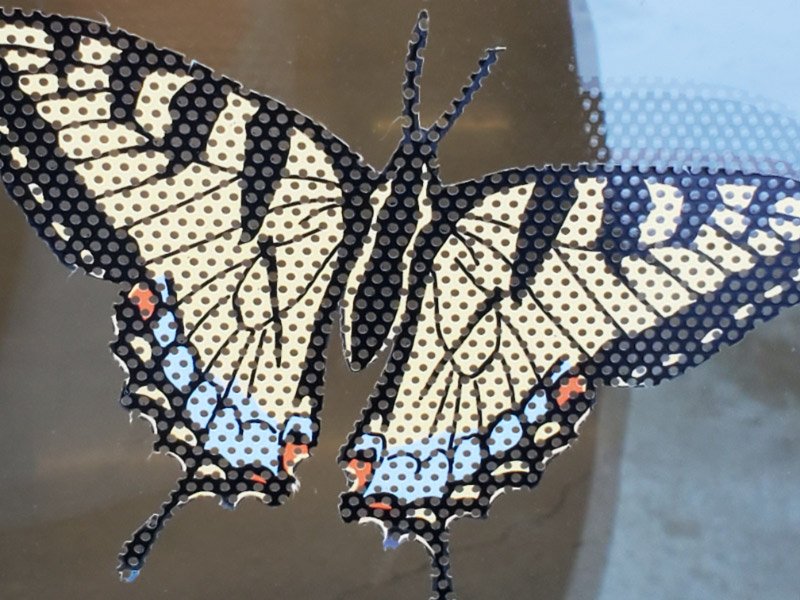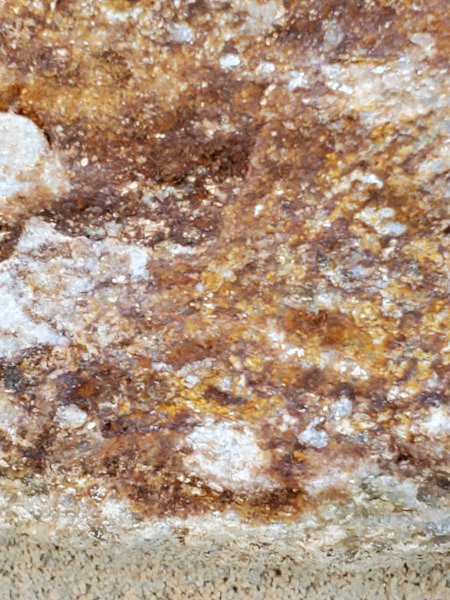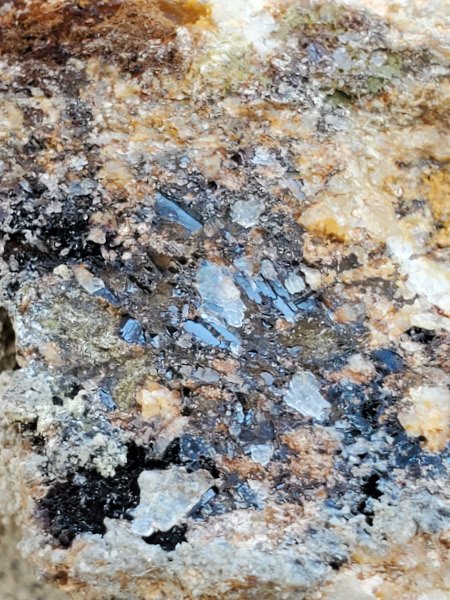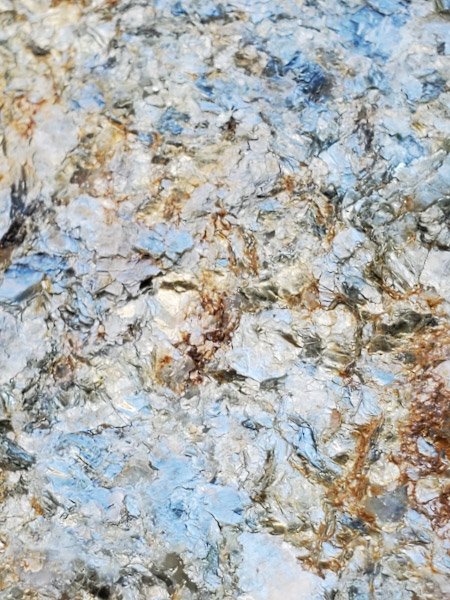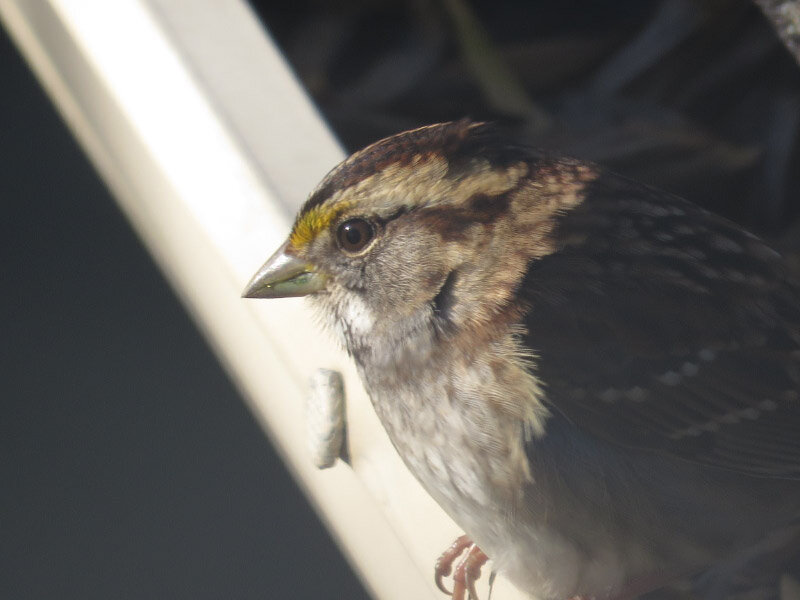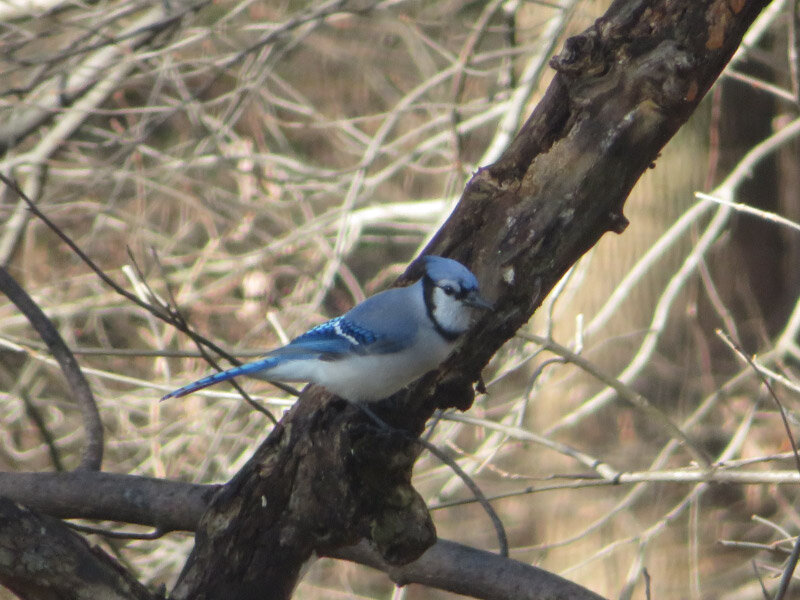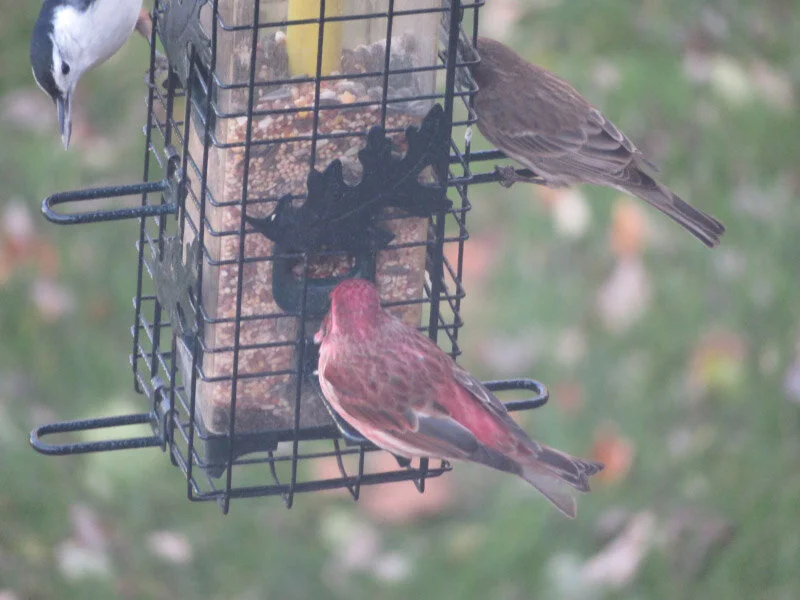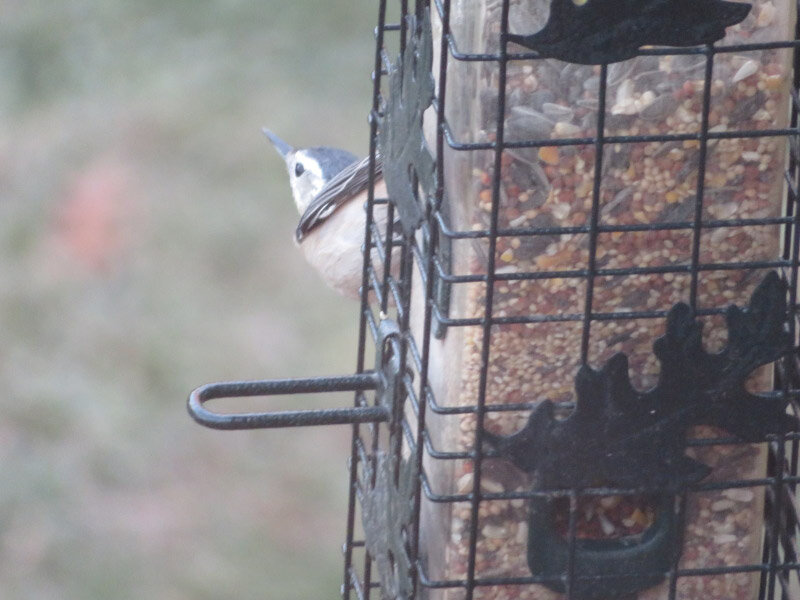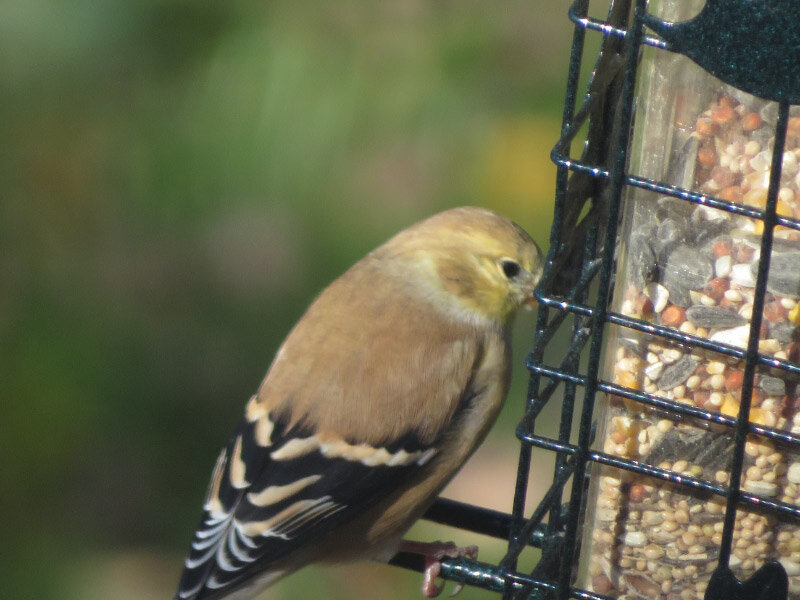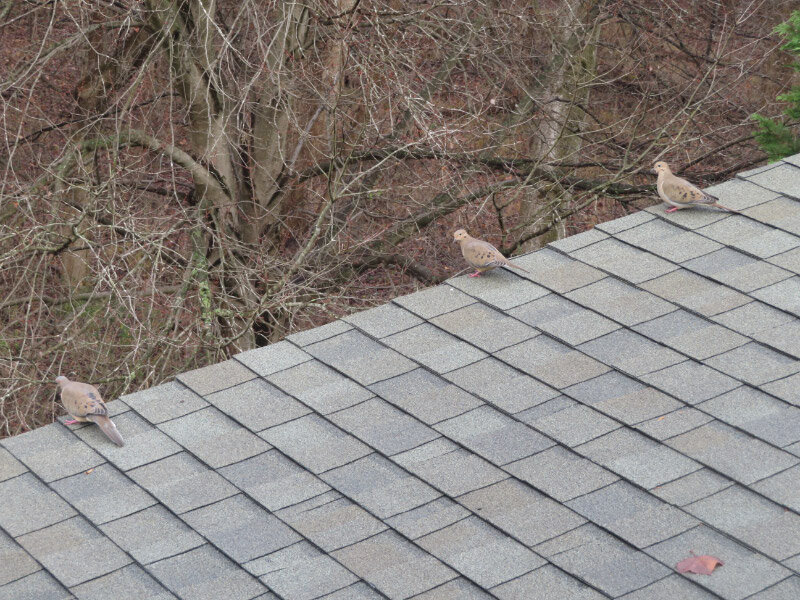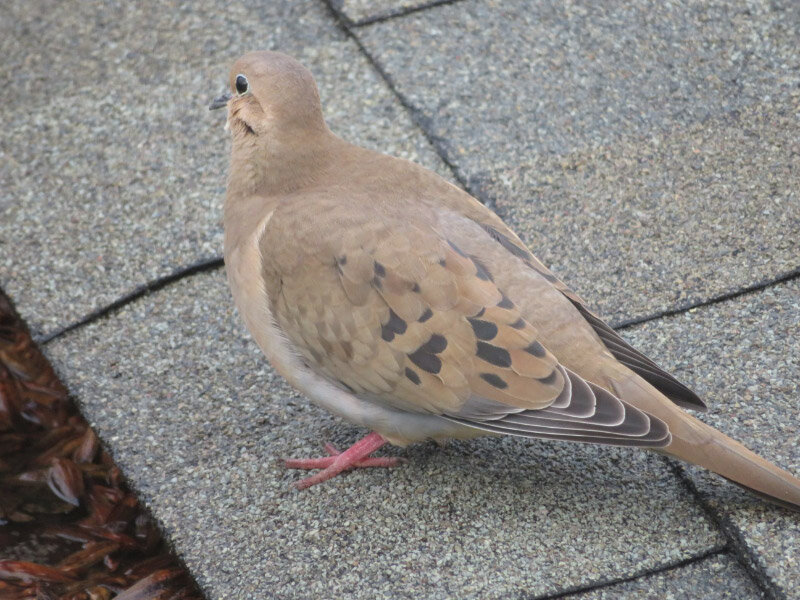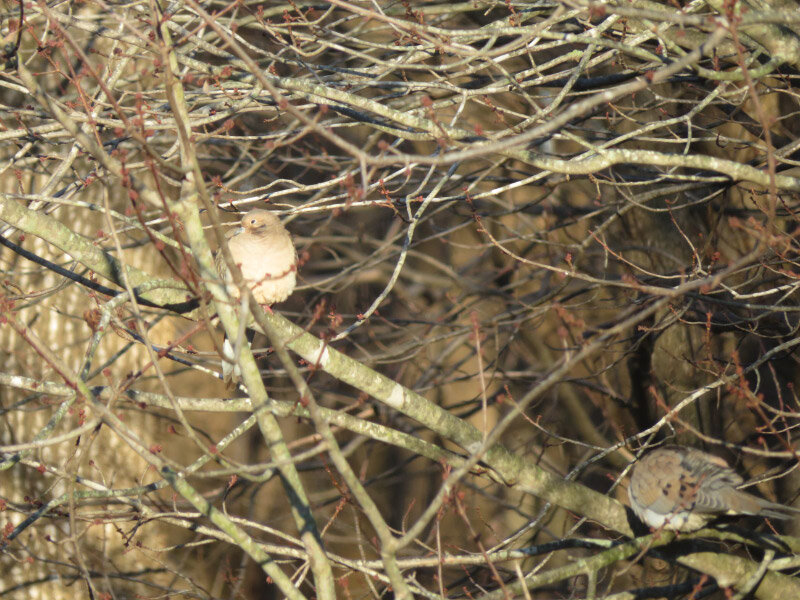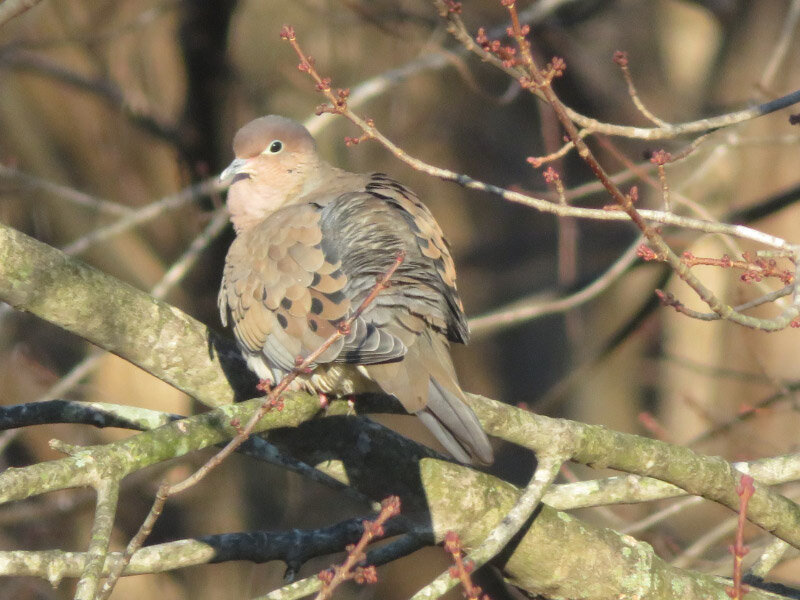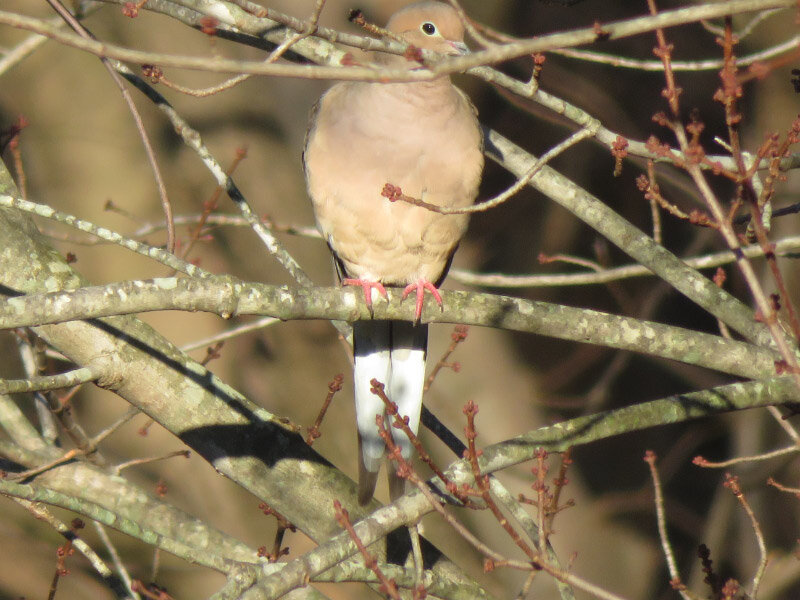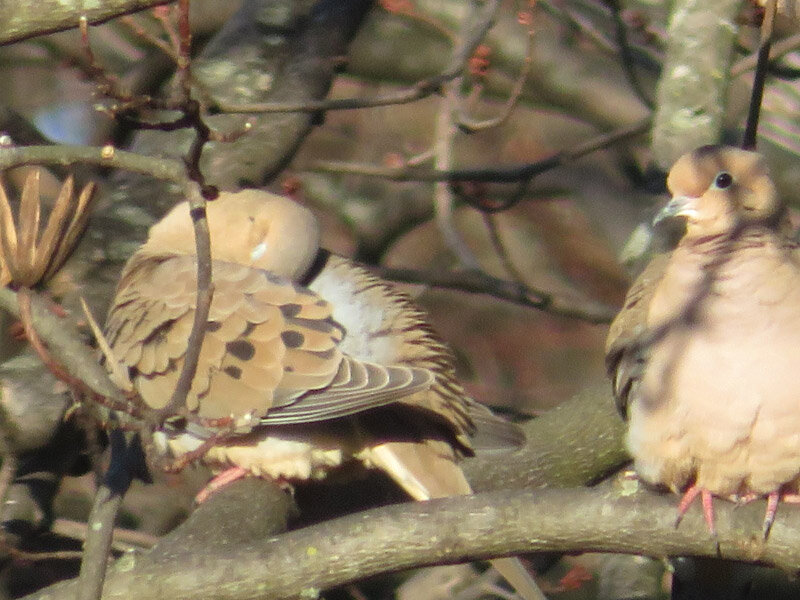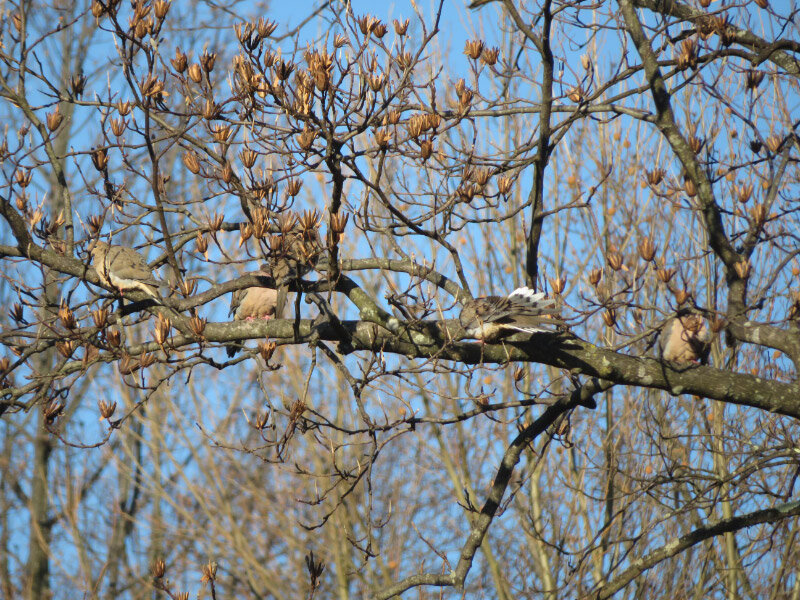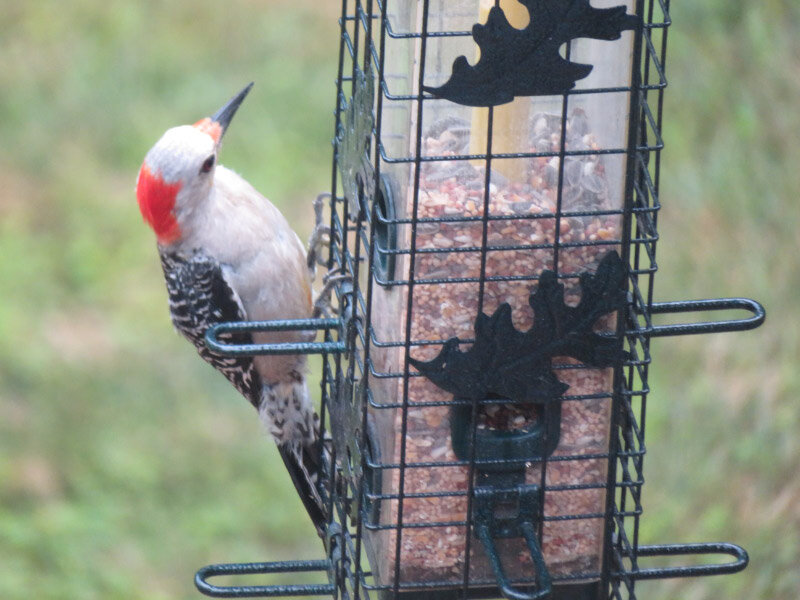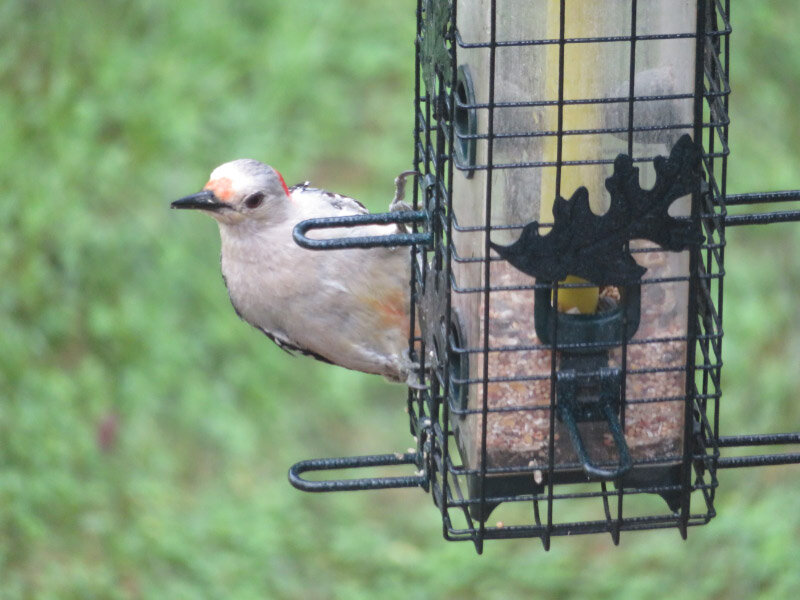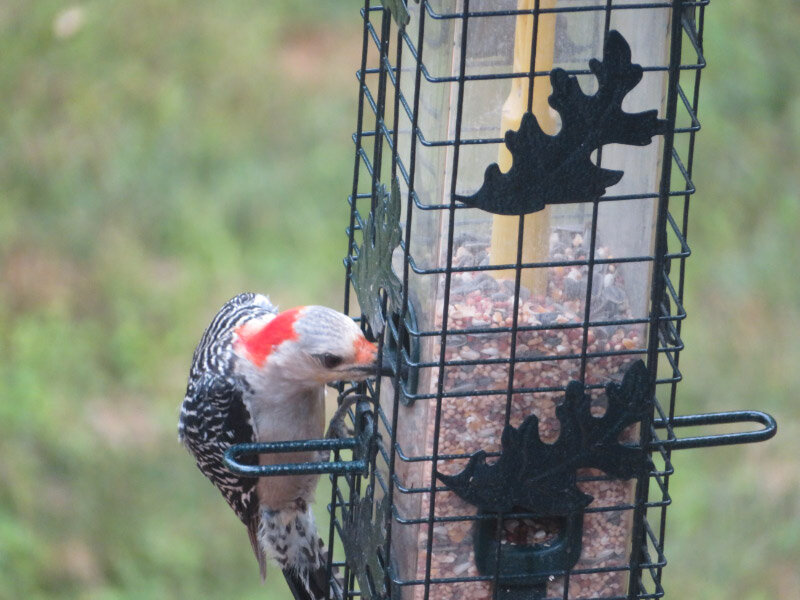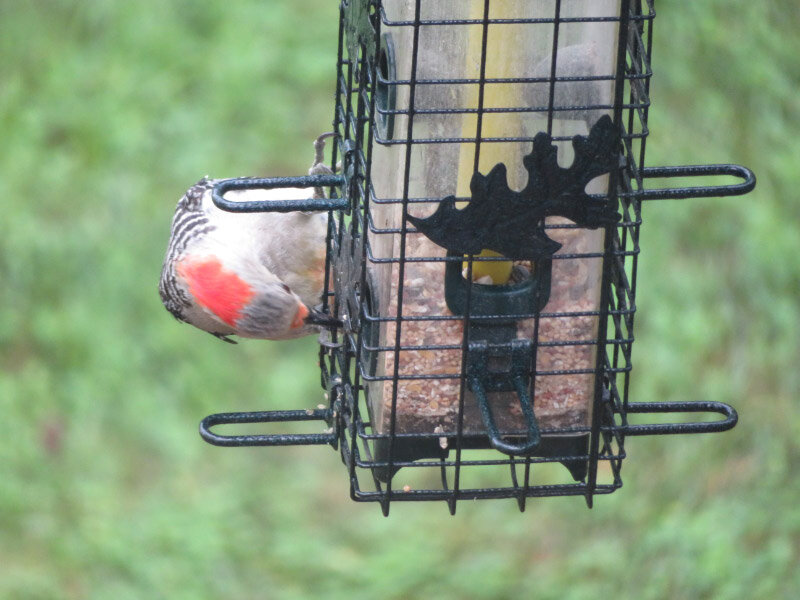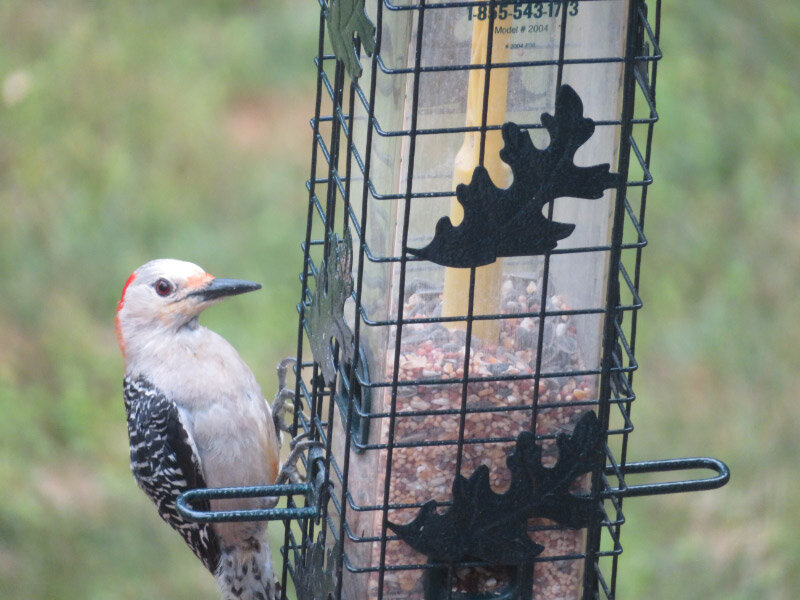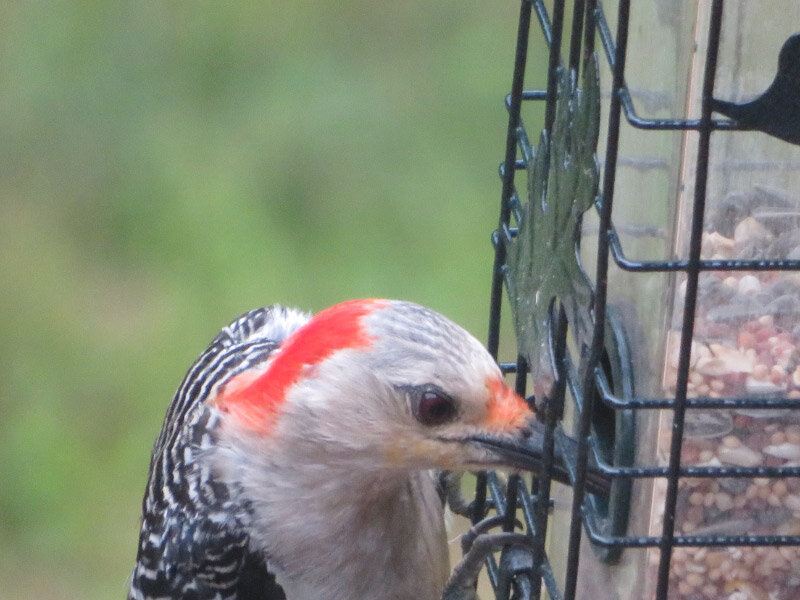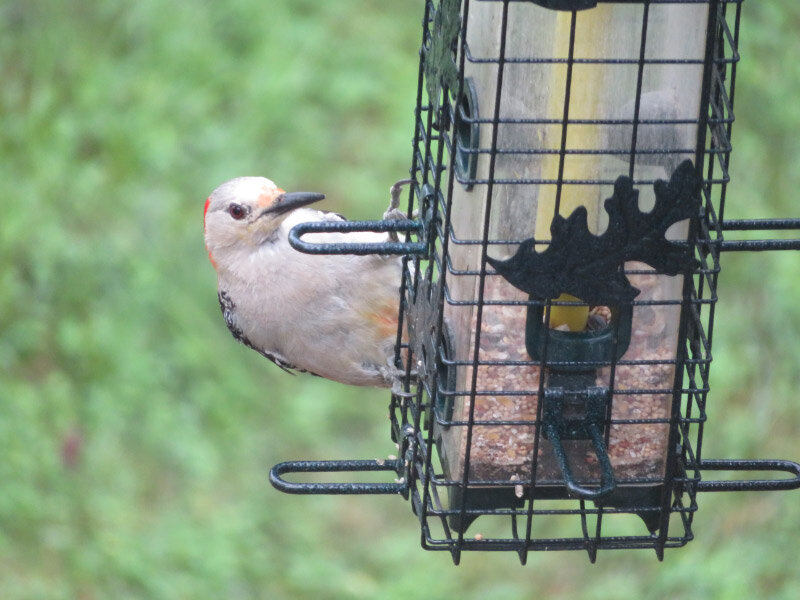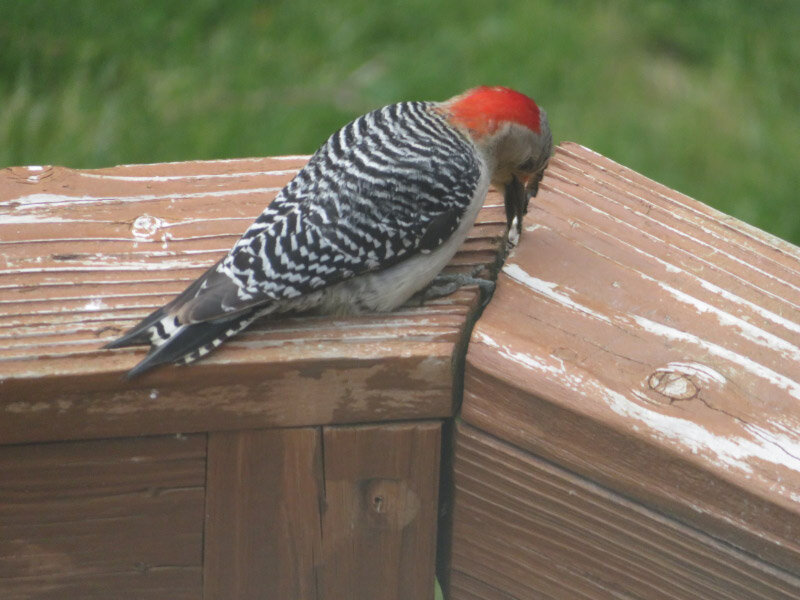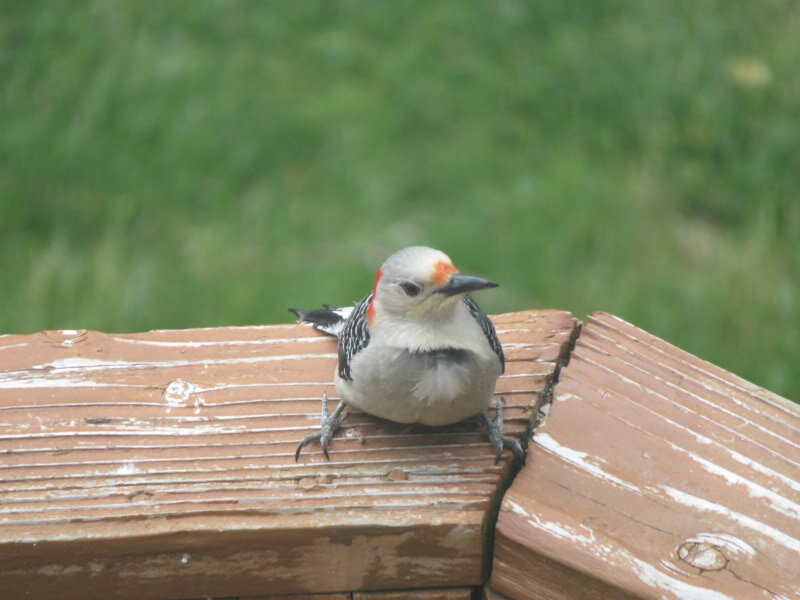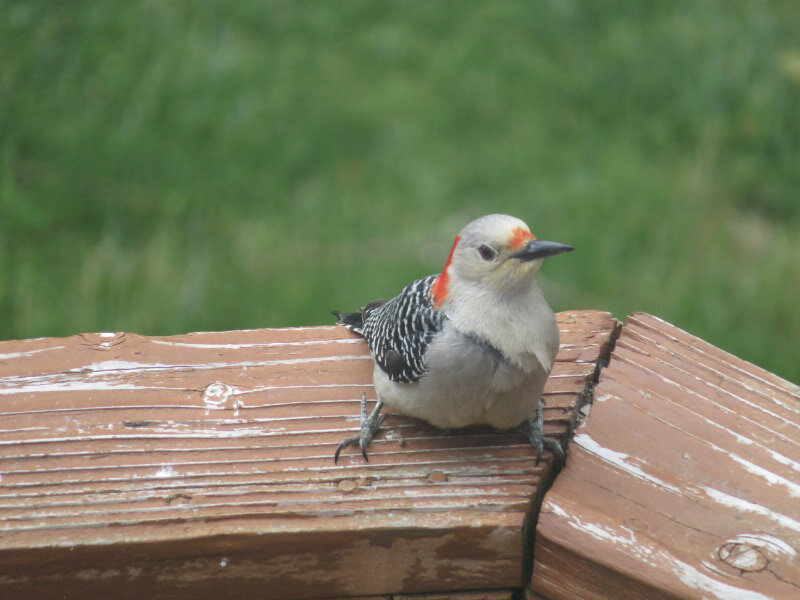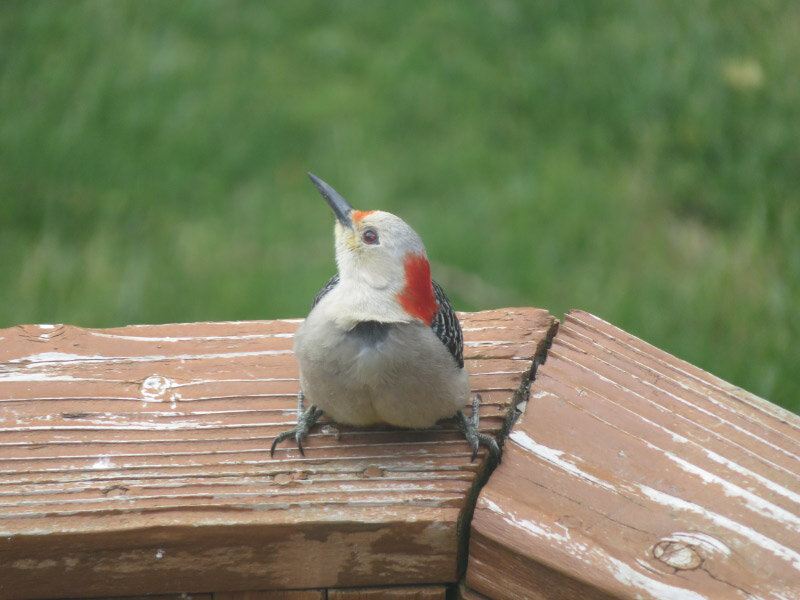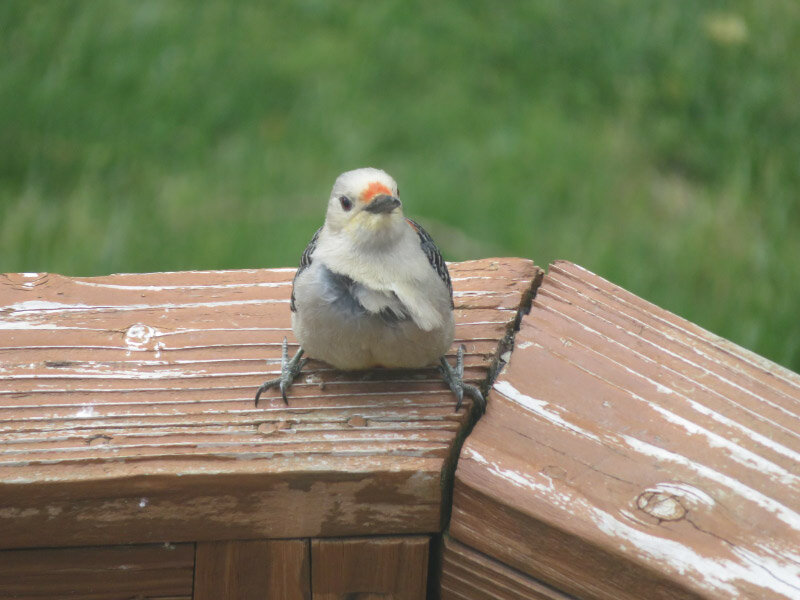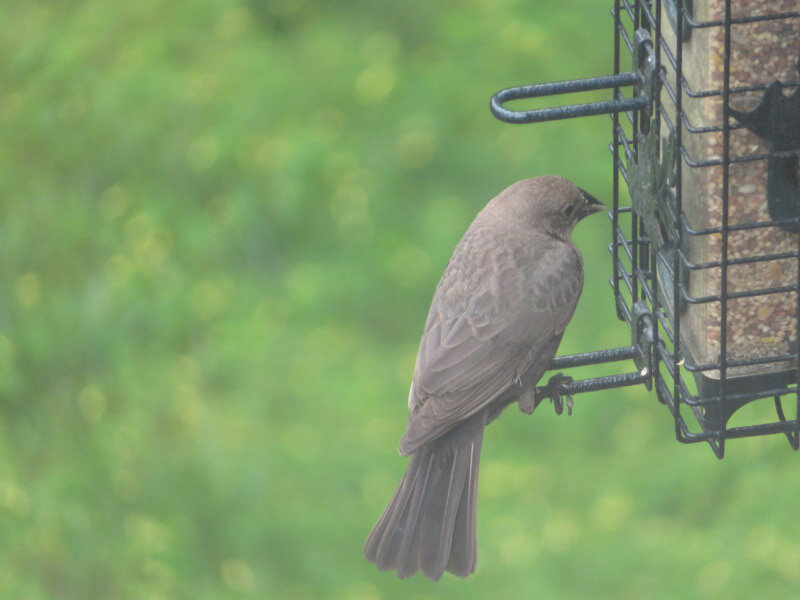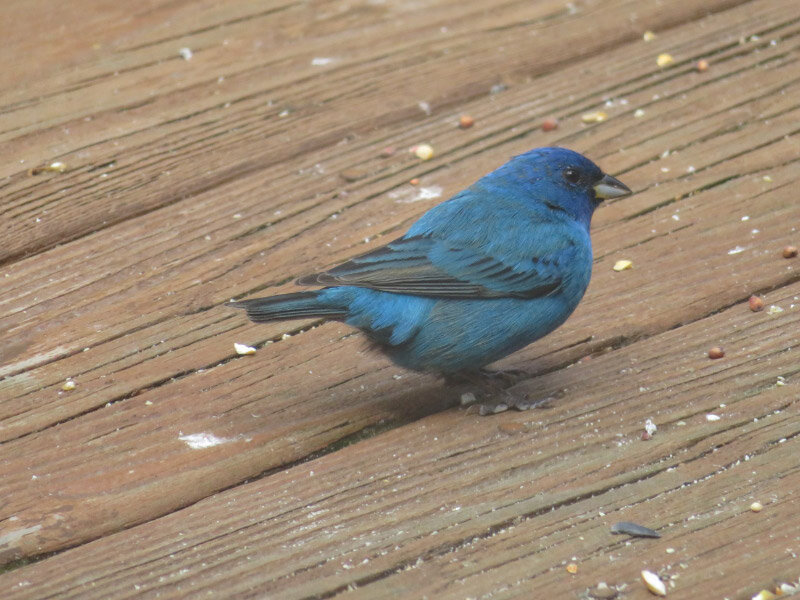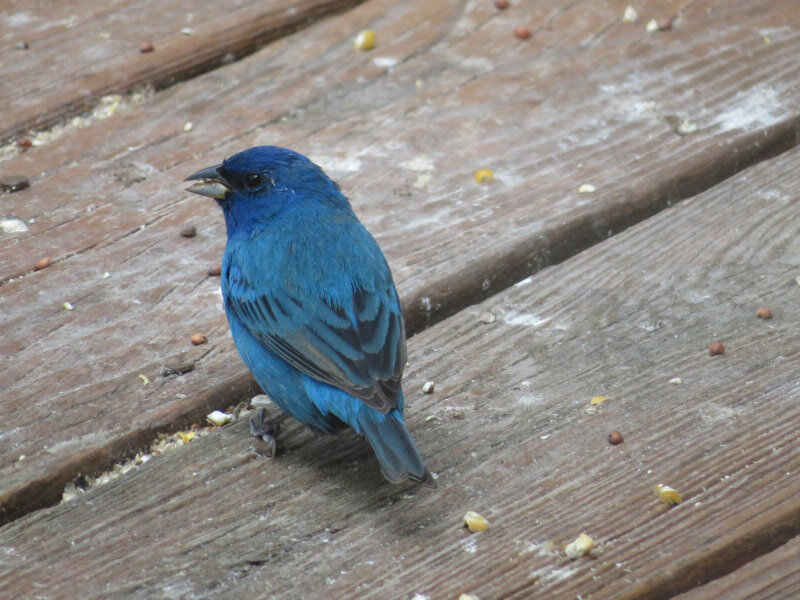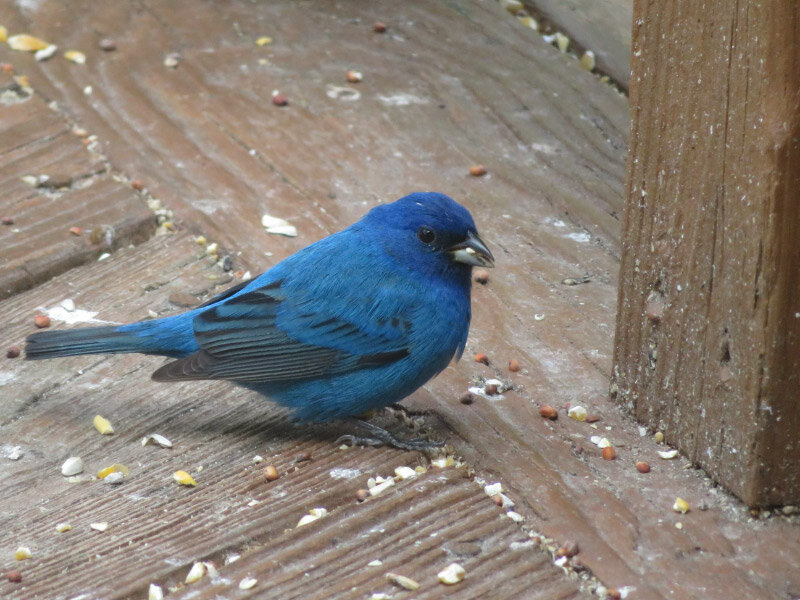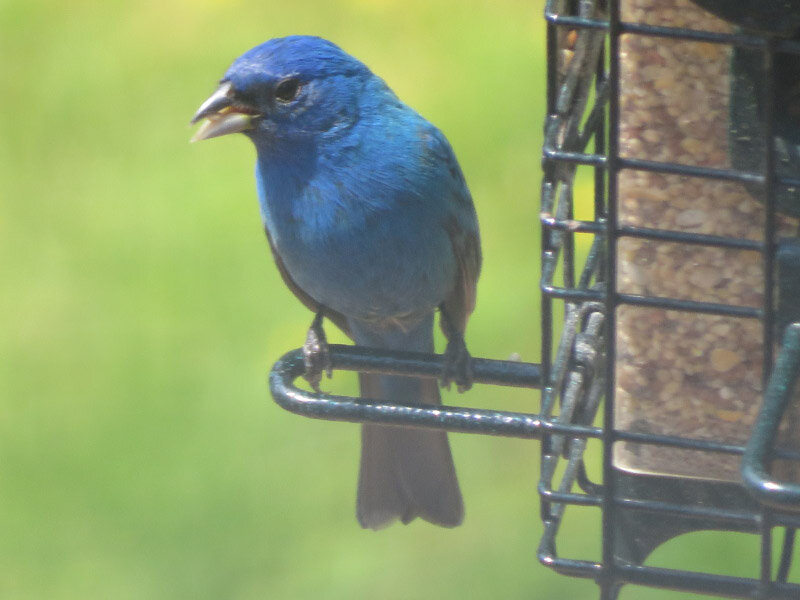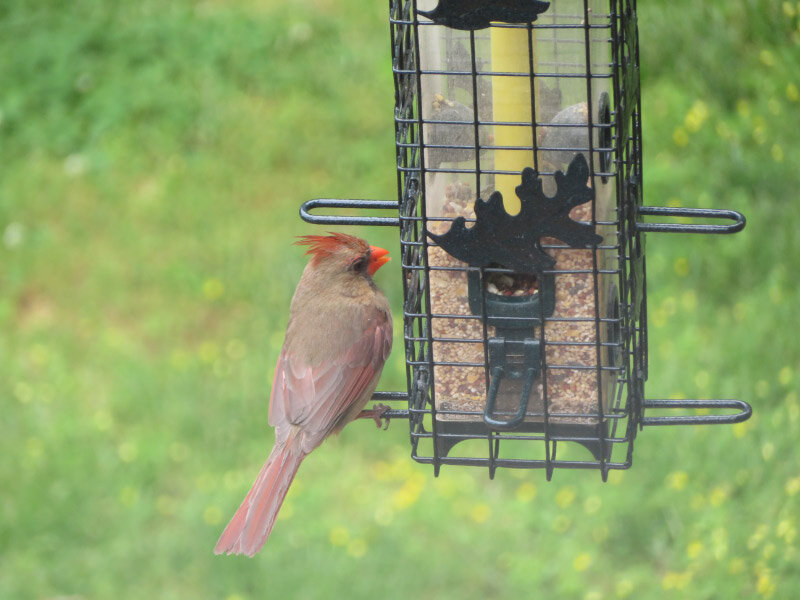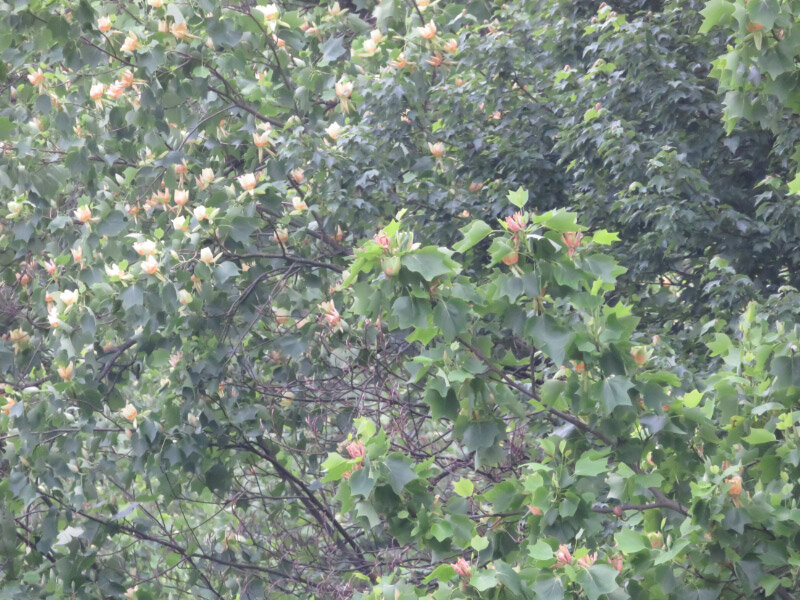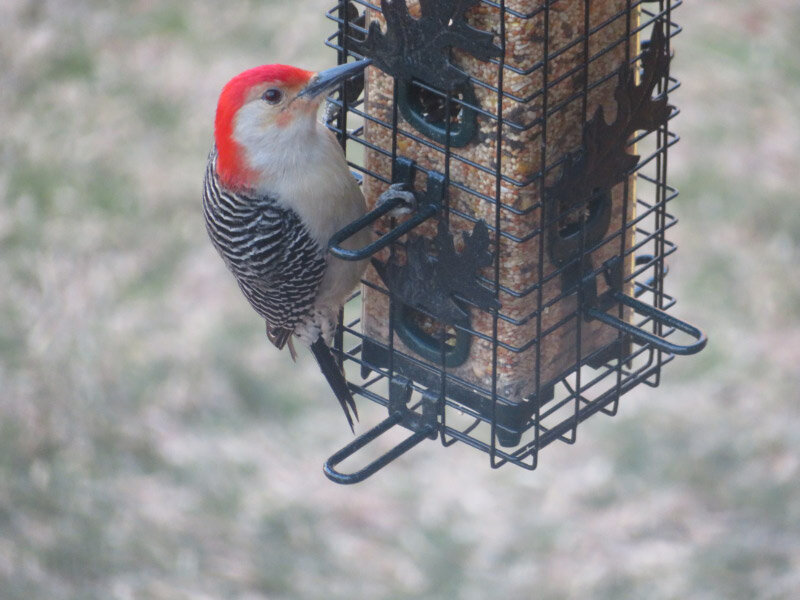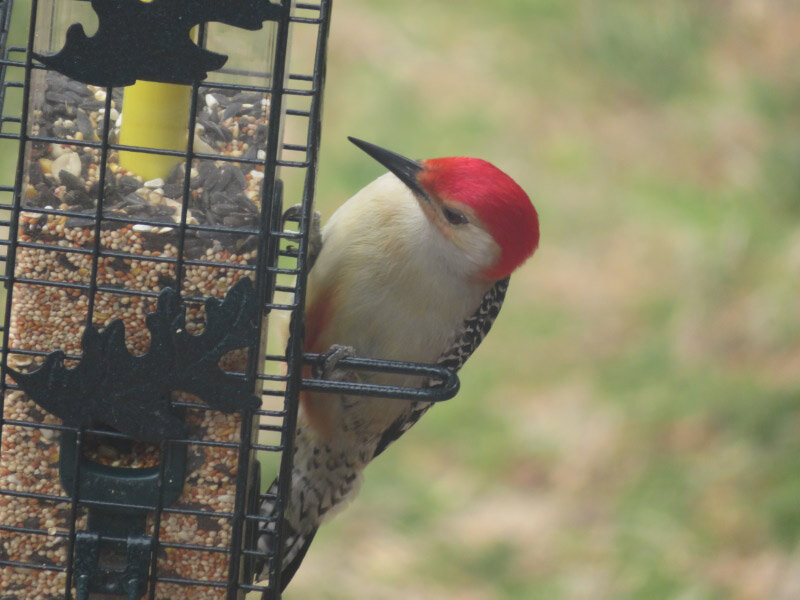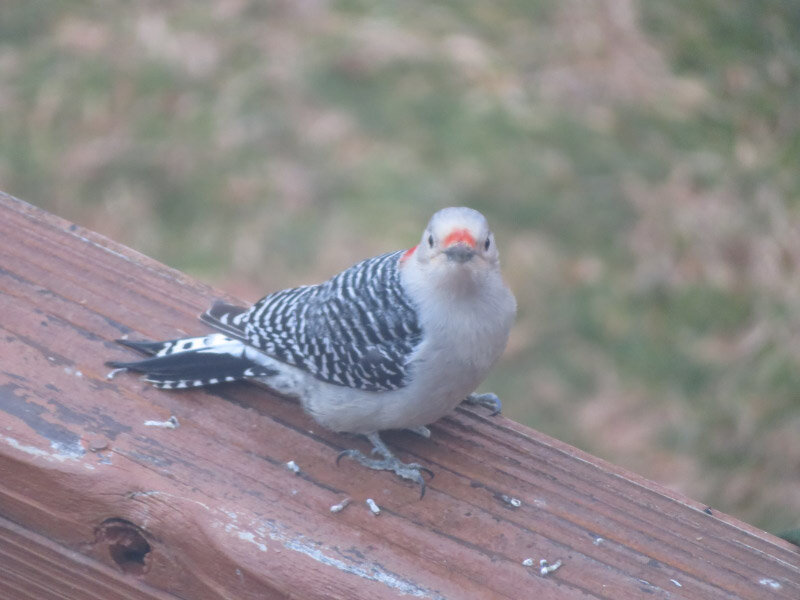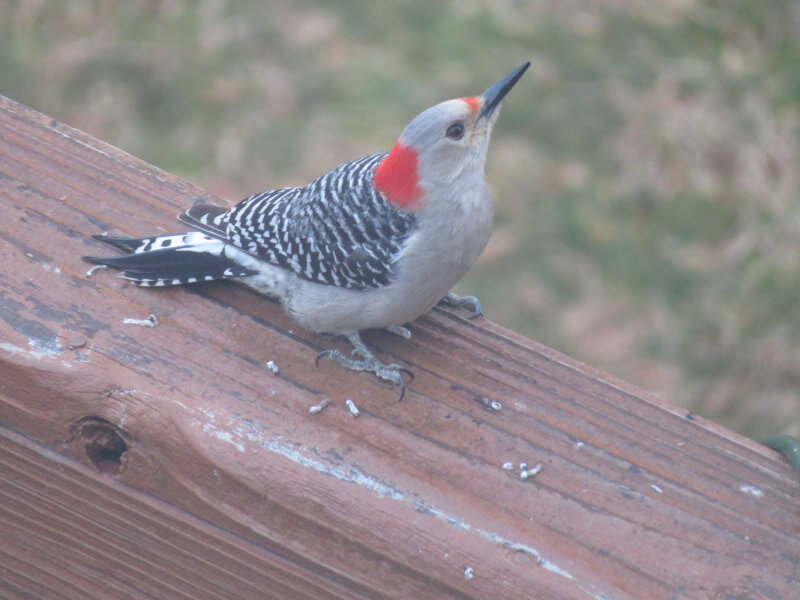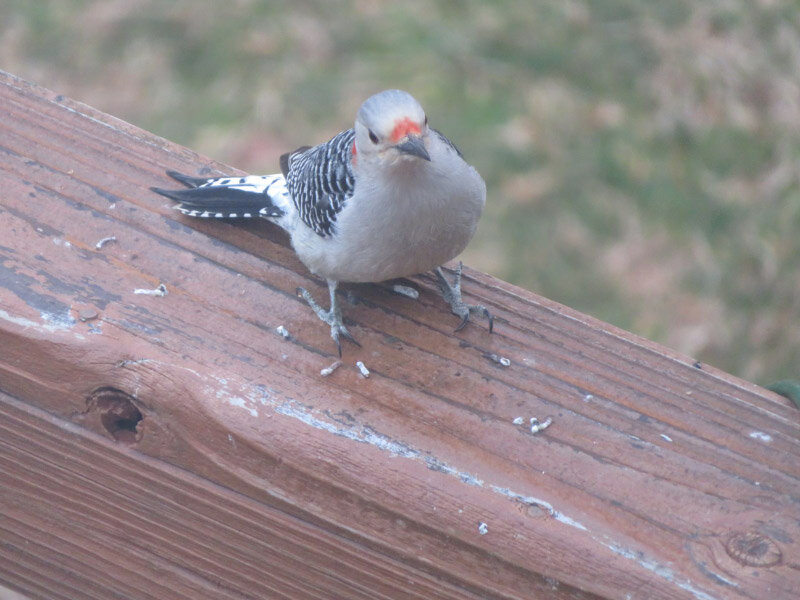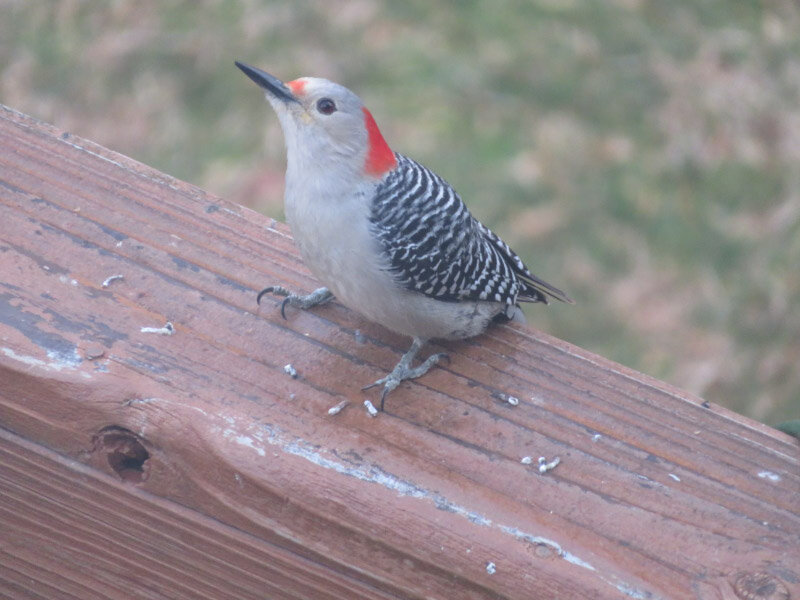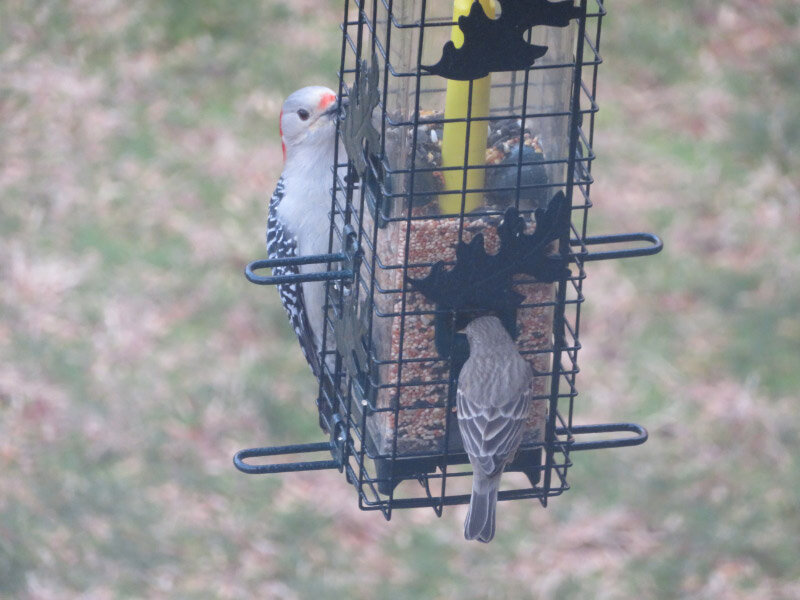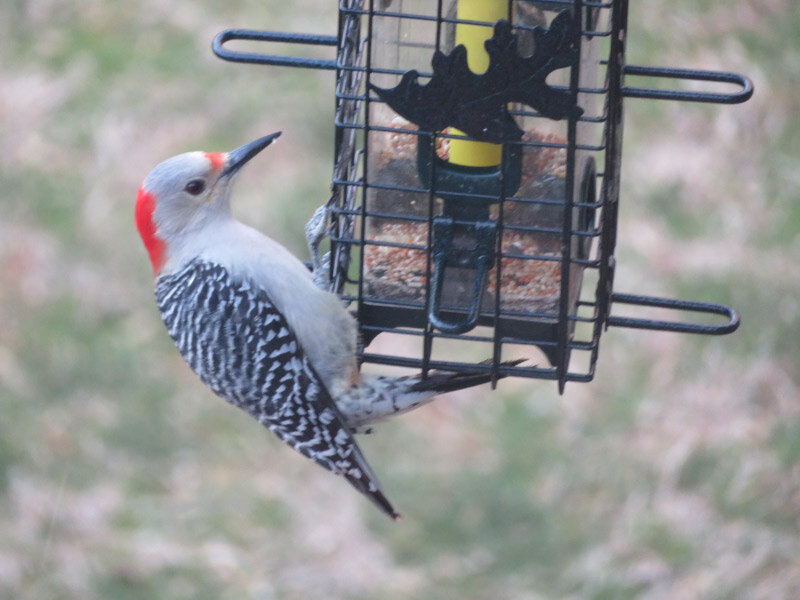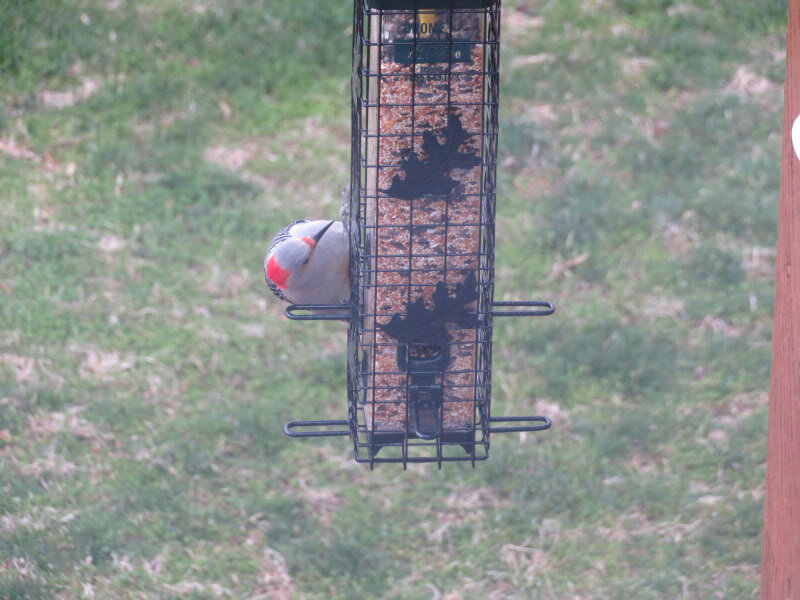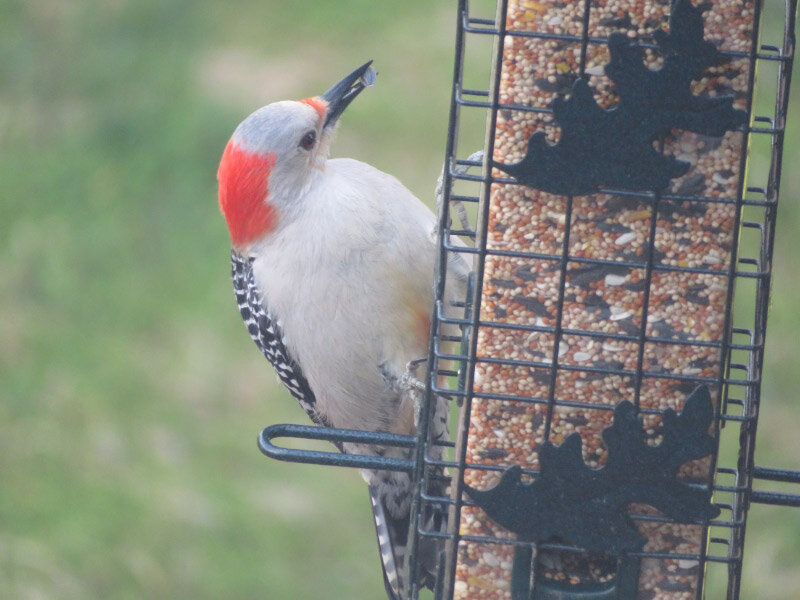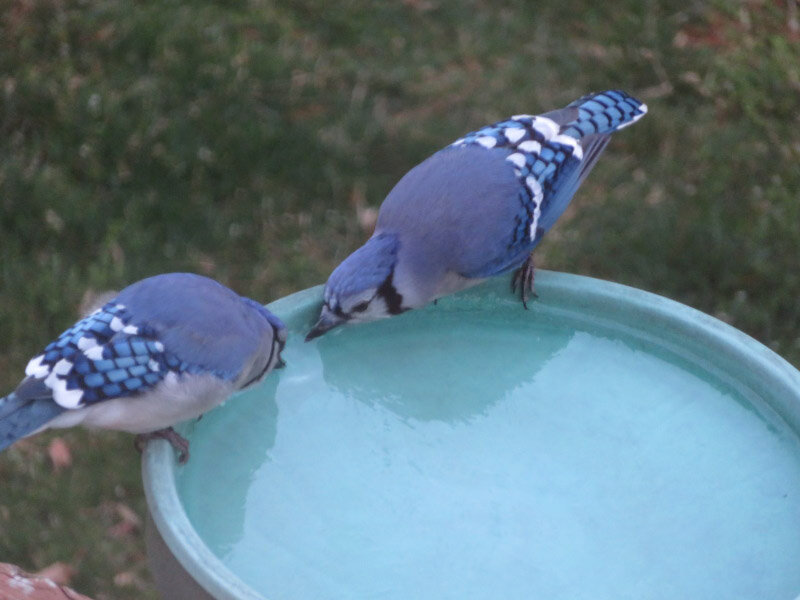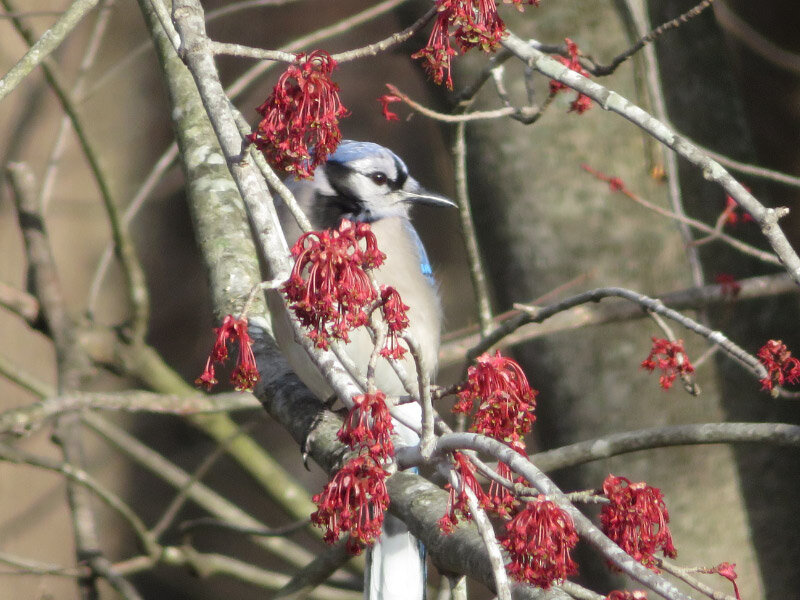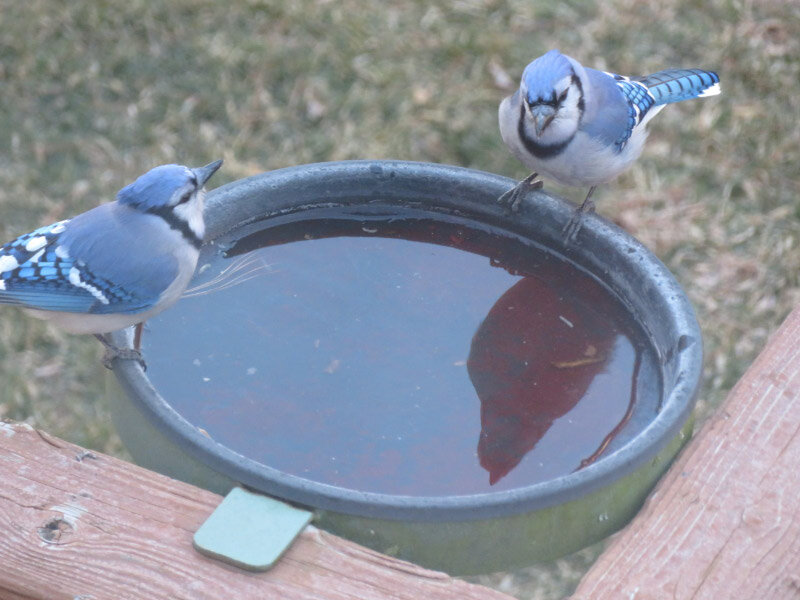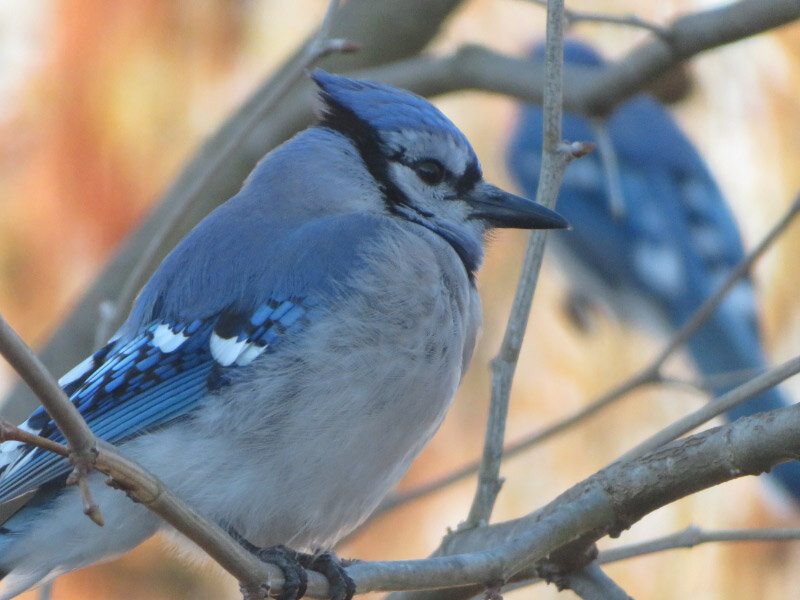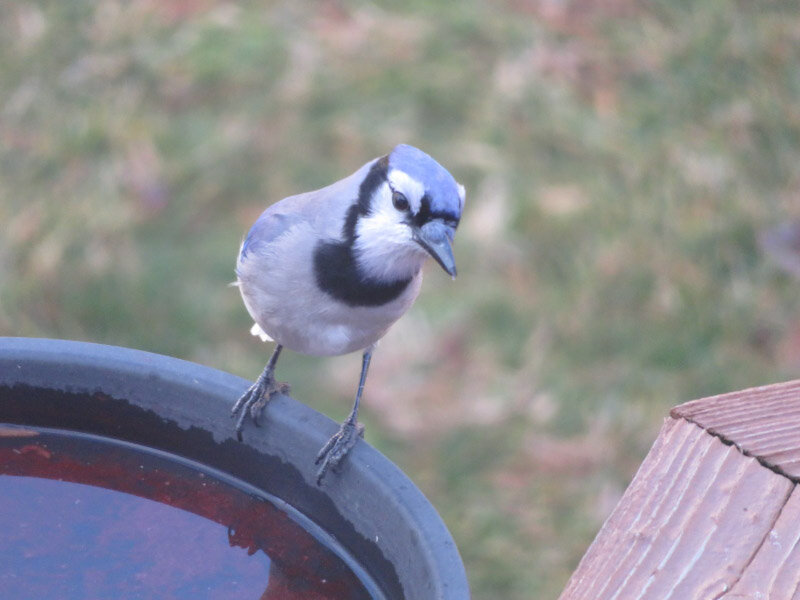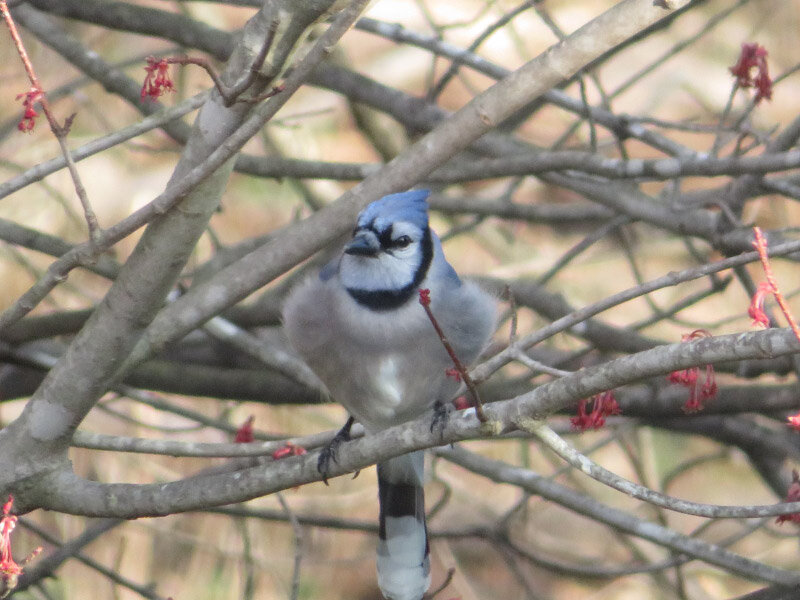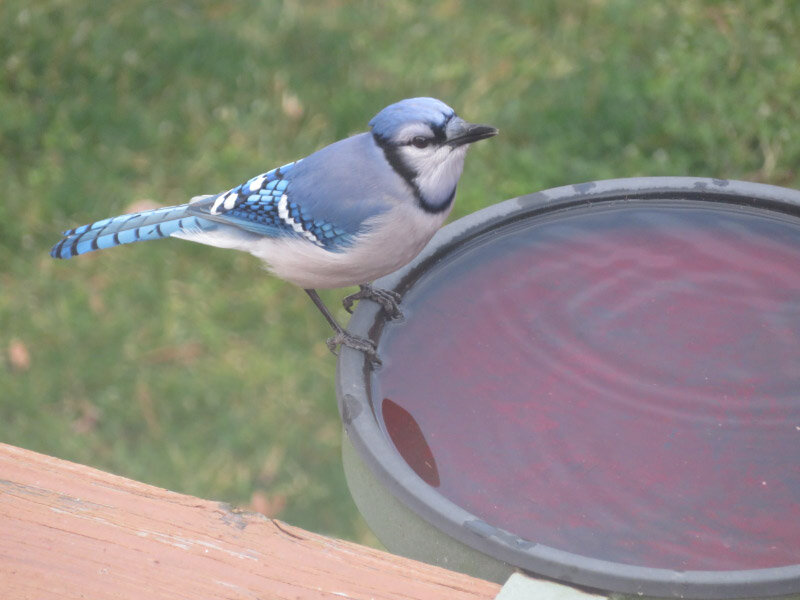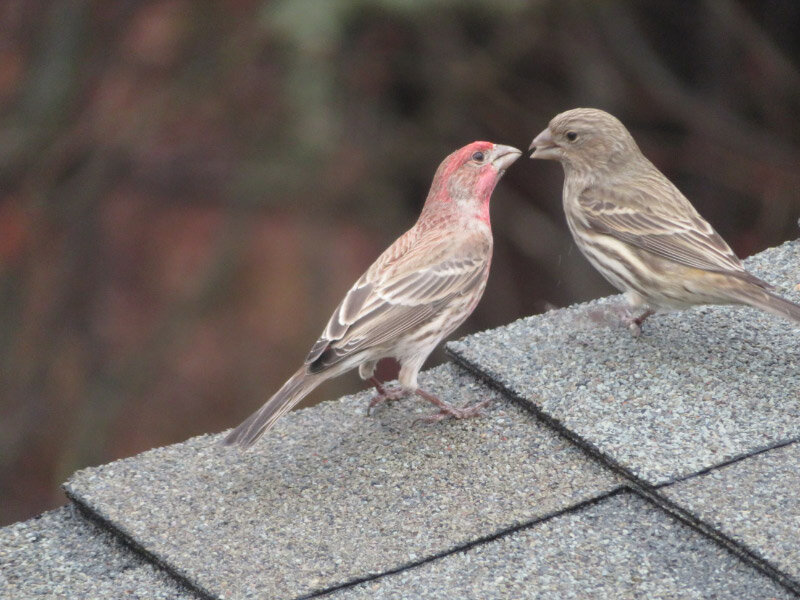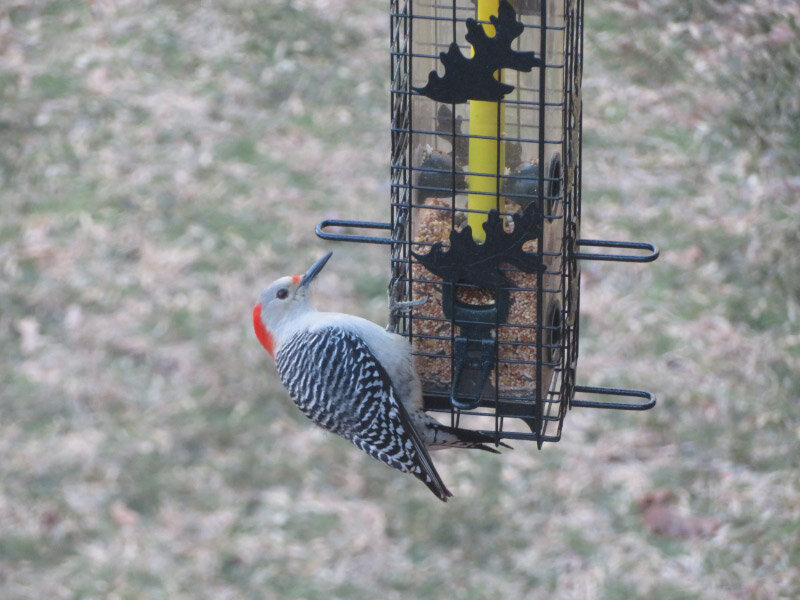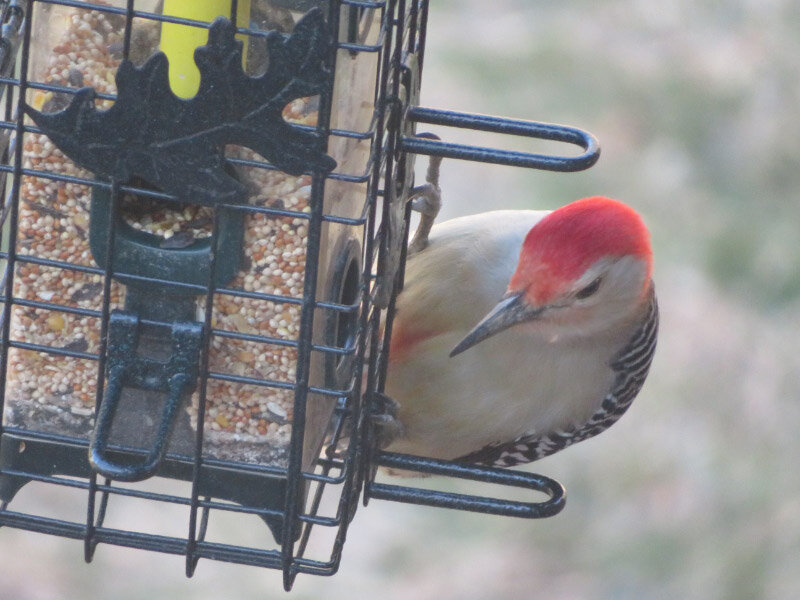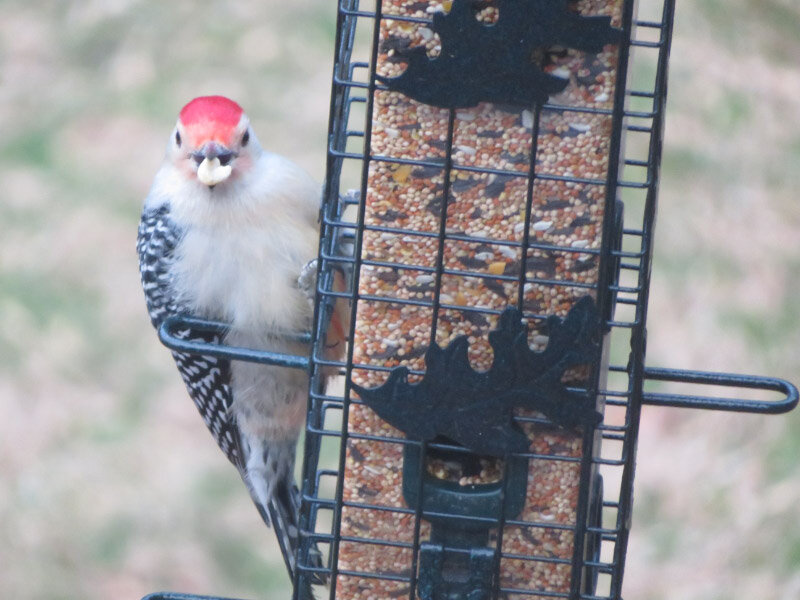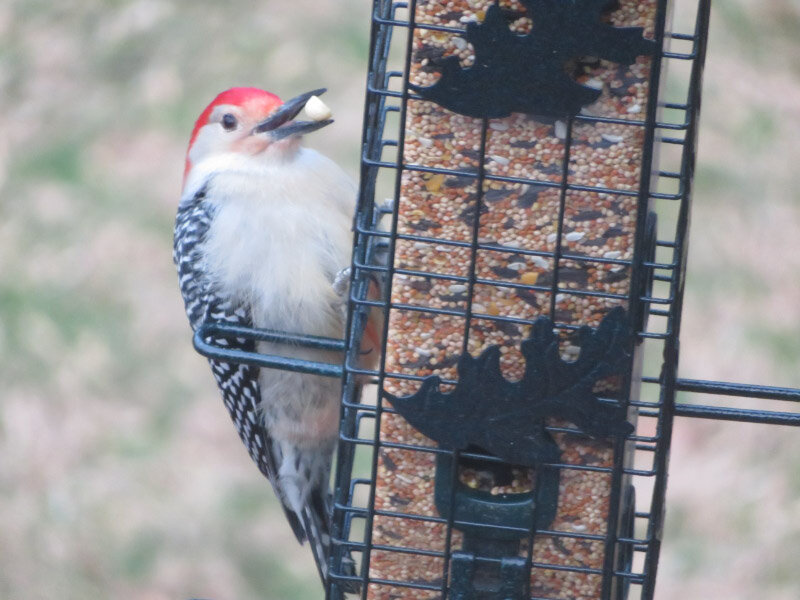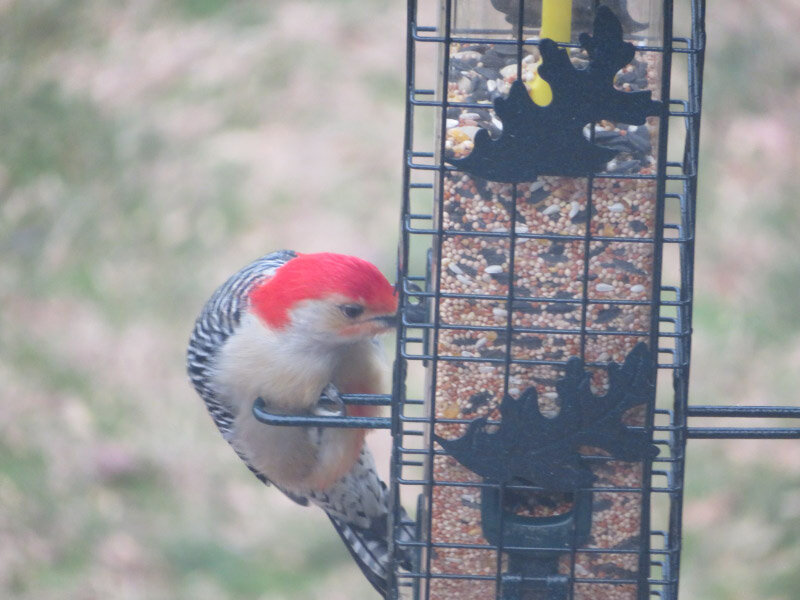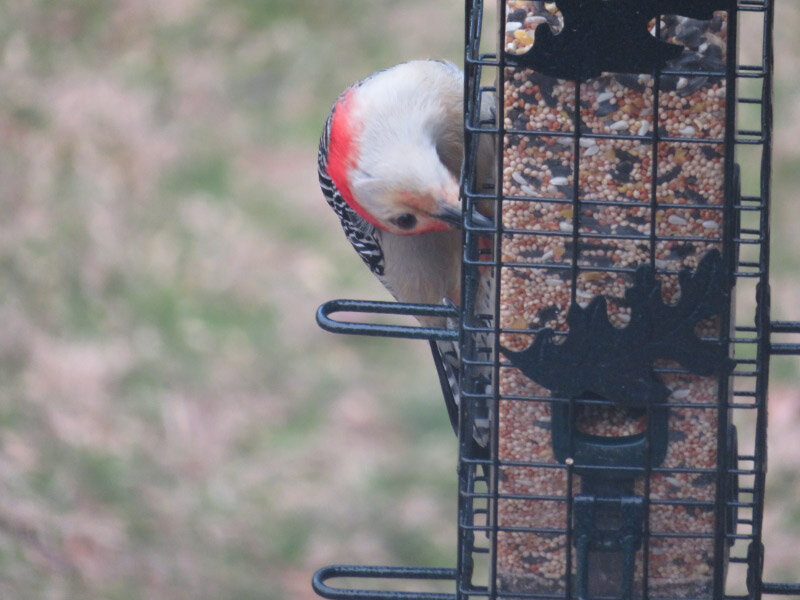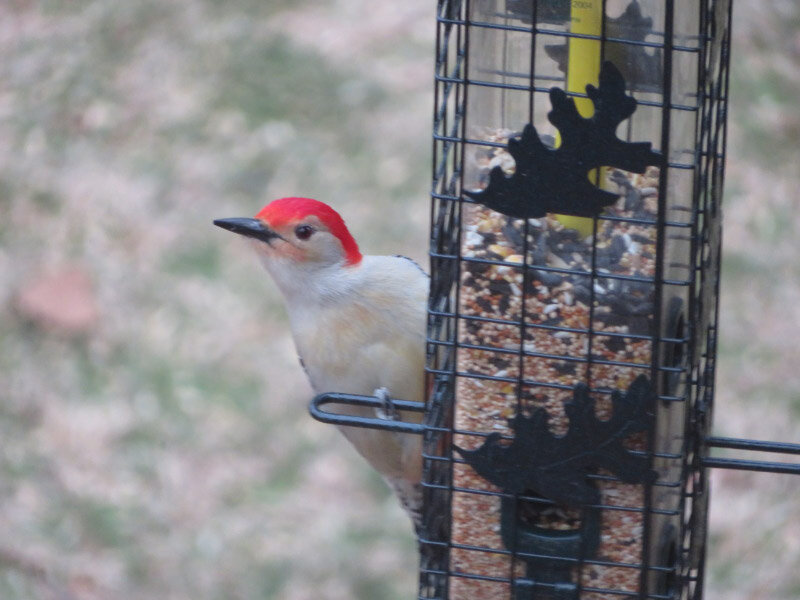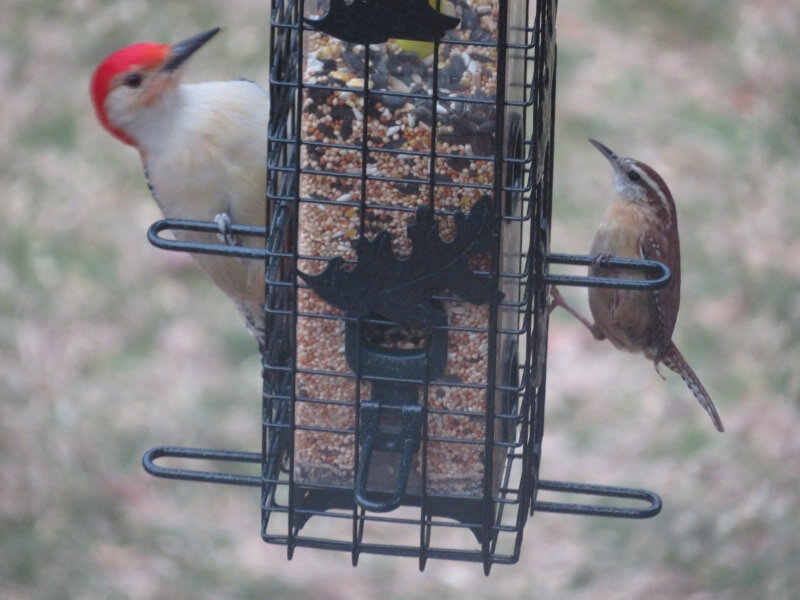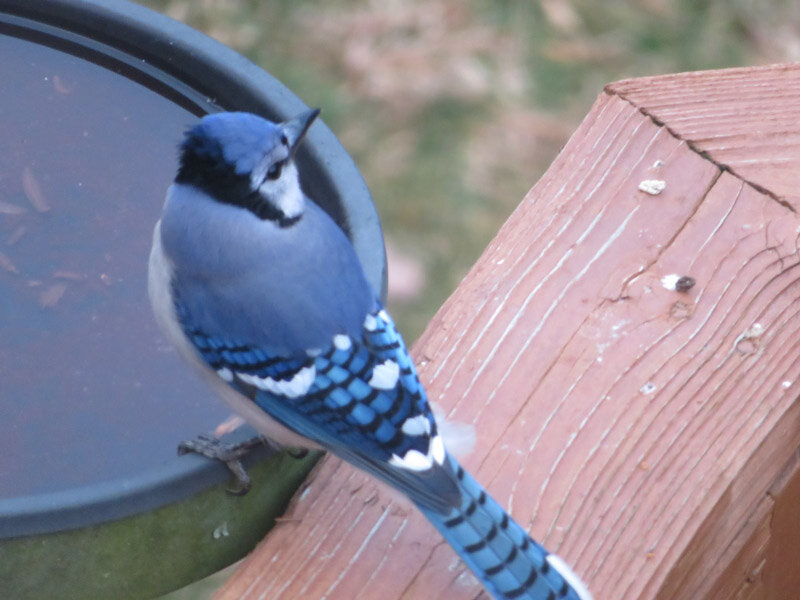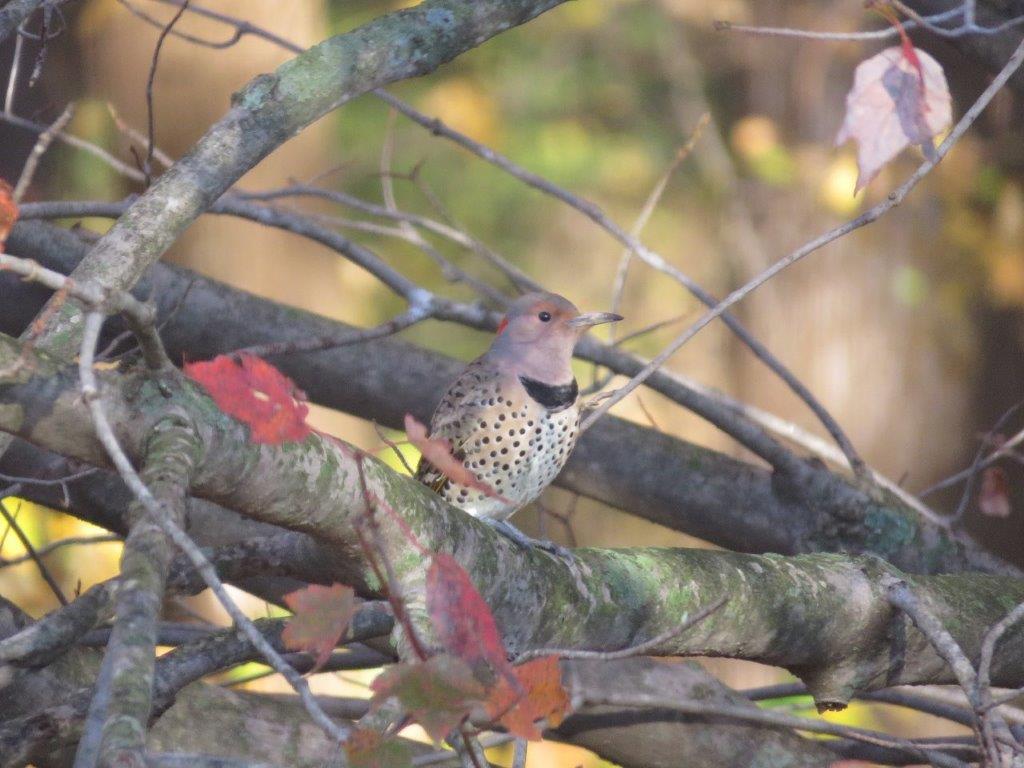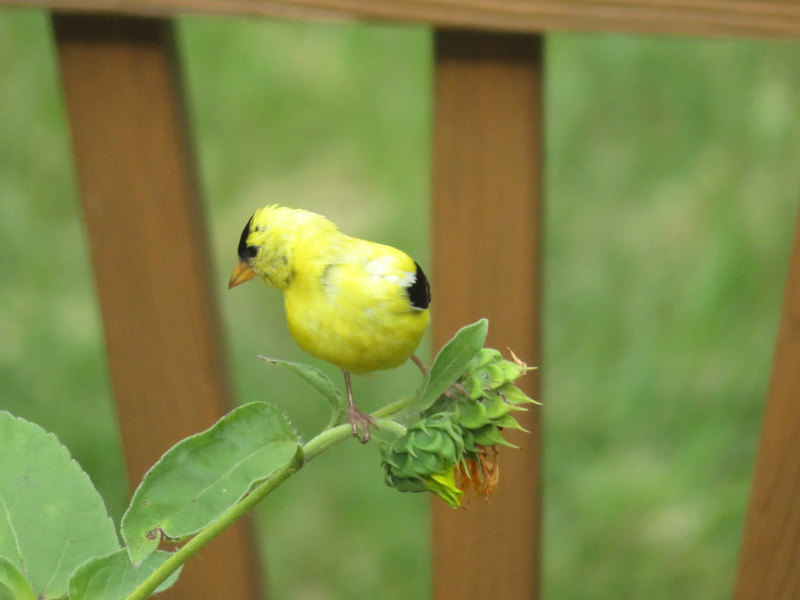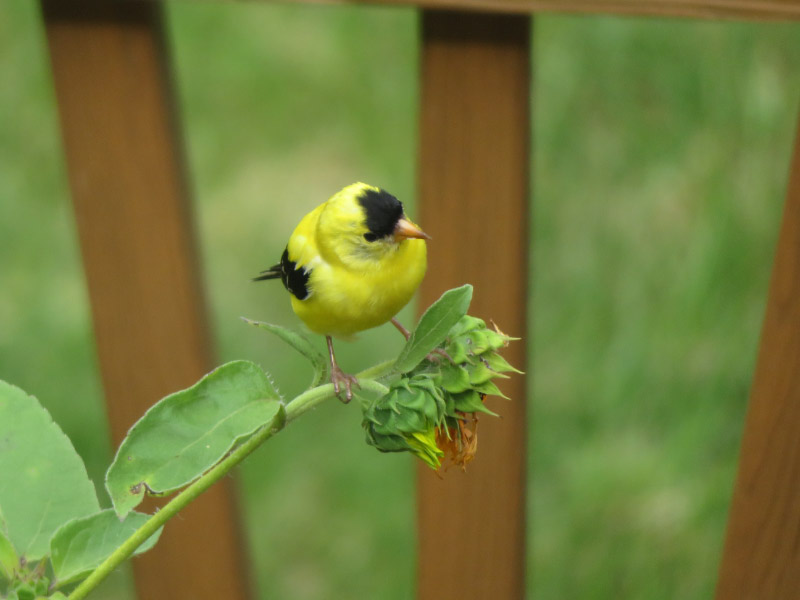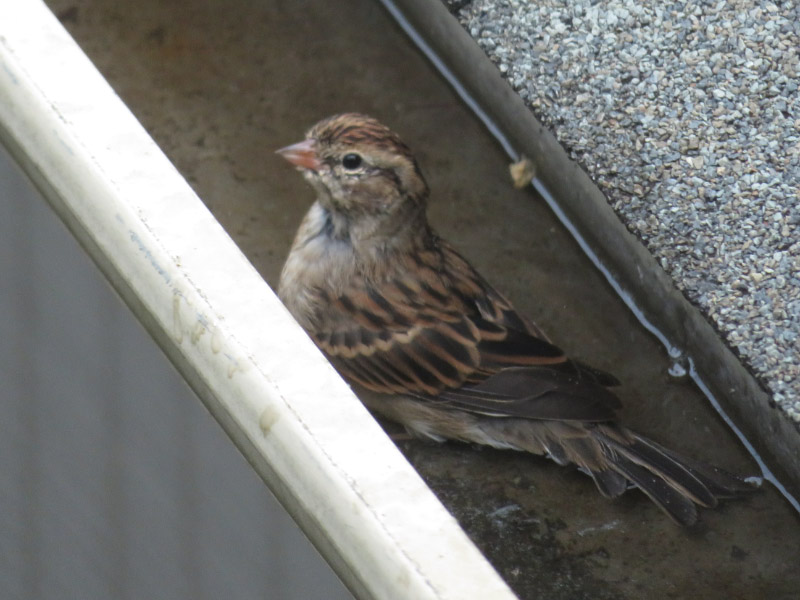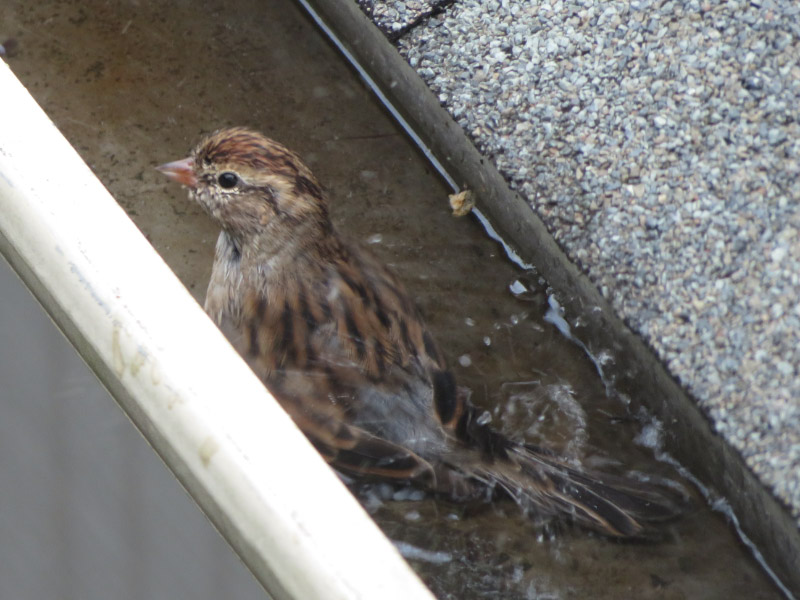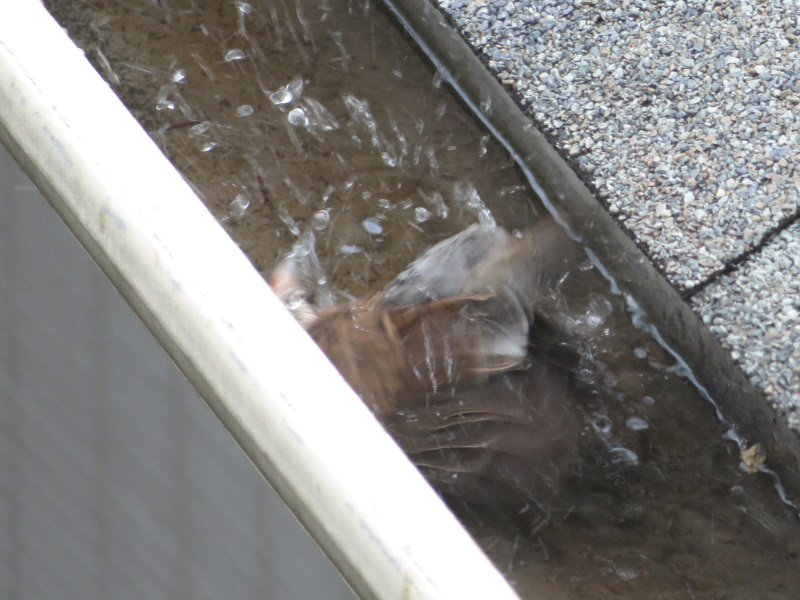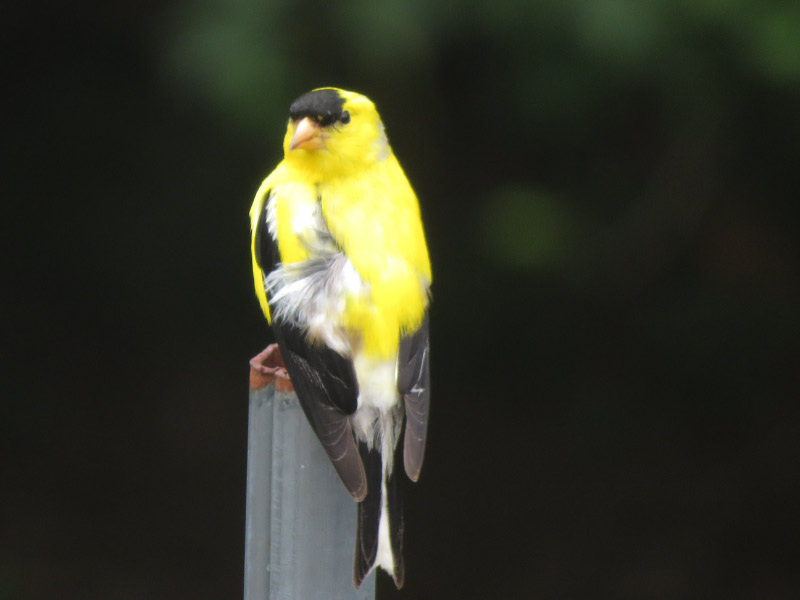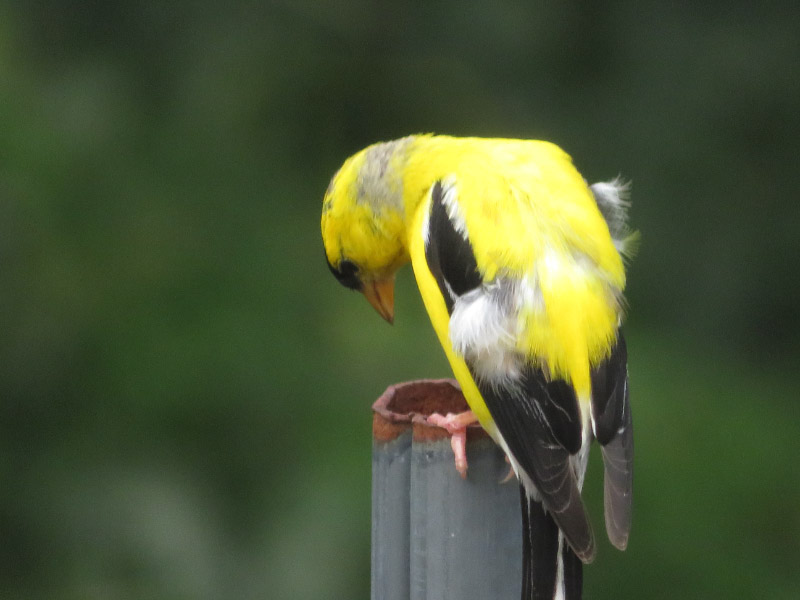Then and Now – Heating
/During the 1960s, the heating where I lived in Texas transitioned from electric wall heating to gas powered central heating. Both had to work harder because the windows of the houses were single paned and had little insulation. I remember that my grandparents’ houses were often colder in the winter than mine was. My paternal grandparents’ farmhouse had gas burning (probably propane) stoves in each room and my maternal grandparents’ house had gas burning (probably natural gas) floor furnaces; in those houses, the kitchen during meal prep time, was the warmest! Prior to the advent of thermostats, the controls on the heaters were tweaked manually.
My house now has two central heating furnaces (2 zones) – one natural gas and one electric. Within the next 5 years, we will be transition to electric powered heat pumps. The house has well-sealed doors and double pained windows….and was well insulated when it was built in 1999. It has two gas fireplaces which we haven’t used; the gas is turned off and we have sealed the vents with magnetic strips to stop the drafts in the winter. We have a ‘smart’ thermostat that we can program to change the temperature at different times during the day; since we are retired, that is usually letting it cool down a bit at night while we are sleeping.
In general, modern heating systems and houses, make it easier to feel warm in the winter. I wonder sometimes if that changes the early years of children’s lives. For example – a baby born in December would be learning to walk a year later. Prior to central heating, that would mean more clothes to get in the way during that process than a child born in July would have as they learned to walk. Did mothers of winter babies keep them close to their own bodies to make sure they were warm (i.e. did winter babies get held more in their very early lives)? Central heating might have made early childhood development more consistent because it took away much of the seasonal variation experience for babies!
Previous Then and Now posts




